Understanding Flat Clearance in Your Boat's Bow
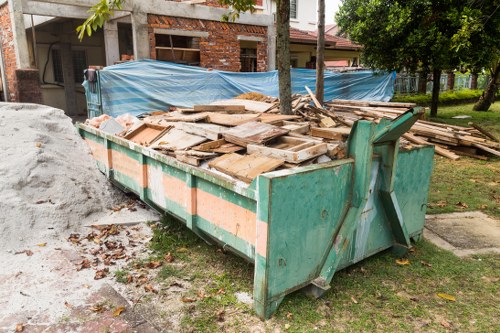
Flat clearance in the bow of a boat is a critical measurement that ensures safe and efficient navigation. This measurement refers to the area between the boat's bow and the waterline, which must be clear of any obstructions or excessive angles that could impede movement or cause instability.
Proper flat clearance is vital for maintaining the structural integrity of the bow and preventing damage during rough seas or high-speed maneuvers. It plays a significant role in how the boat interacts with waves, affects fuel efficiency, and influences the overall performance of the vessel.
In this article, we will delve deep into the concept of flat clearance in bow, exploring its importance, how to measure it accurately, factors affecting it, and best practices to maintain optimal clearance for a safe and enjoyable boating experience.
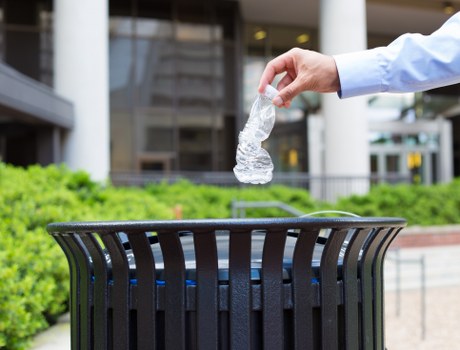
The Importance of Flat Clearance in Boat Bow
Flat clearance in the bow is not just a technical specification; it has practical implications that can affect every aspect of your boating experience. Here are some reasons why maintaining proper flat clearance is essential:
- Safety: Adequate clearance prevents the bow from striking underwater obstacles, reducing the risk of damage and accidents.
- Performance: A well-clear bow ensures smoother passage through water, enhancing speed and fuel efficiency.
- Structural Integrity: Proper clearance minimizes stress on the bow, extending the lifespan of the vessel.
- Comfort: Reducing resistance and improving stability leads to a more comfortable ride, especially in choppy waters.
- Load Distribution: Ensuring even weight distribution helps maintain balance and prevents excessive strain on specific parts of the boat.

How to Measure Flat Clearance in the Bow
Accurate measurement of flat clearance is crucial for effective boat maintenance and performance optimization. Follow these steps to measure flat clearance in your boat's bow:
- Gather Necessary Tools: You'll need a measuring tape, a level, a marker, and, if possible, a digital inclinometer for precise angle measurements.
- Access the Bow: Ensure the boat is on a flat and stable surface. If the boat is in water, make sure it's securely docked or supported.
- Identify Reference Points: Mark the waterline and the baseline at the bow where measurements will be taken.
- Measure Vertical Clearance: Using the measuring tape, determine the vertical distance between the waterline and the highest point of the bow.
- Measure Horizontal Clearance: Assess the horizontal distance from the bow to any obstructions or points where clearance is critical.
- Calculate Angles: If applicable, use the digital inclinometer to measure any angles that may affect clearance, such as the angle of the bow relative to the waterline.
- Record Measurements: Document all measurements accurately for future reference and maintenance planning.

Factors Affecting Flat Clearance
Several factors can influence flat clearance in the bow, including:
- Boat Design: The shape and structure of the bow significantly impact how flat clearance is achieved and maintained.
- Load Distribution: Uneven weight distribution can cause the bow to dip or rise, altering the clearance.
- Wave Conditions: Rough waters and large waves can temporarily change the bow's clearance by causing it to rise or lower.
- Modifications: Adding accessories or making structural changes to the bow can affect the clearance measurements.
- Maintenance: Wear and tear over time can alter the bow’s shape, impacting clearance.
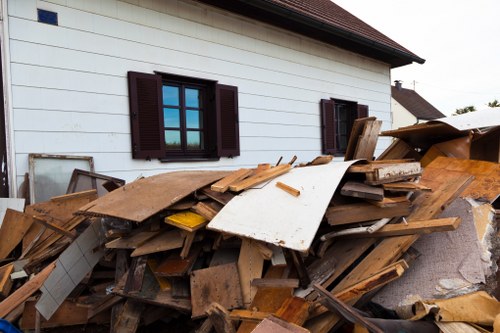
Best Practices for Maintaining Optimal Flat Clearance
To ensure your boat maintains optimal flat clearance in the bow, consider the following best practices:
- Regular Inspections: Routinely check the bow for signs of wear, damage, or shifts in structure that could affect clearance.
- Proper Load Management: Distribute weight evenly across the boat to prevent the bow from sagging or lifting unnecessarily.
- Use Quality Materials: Invest in durable materials for any bow modifications to maintain structural integrity and clearance.
- Monitor Weather Conditions: Be aware of wave sizes and weather patterns that could temporarily impact flat clearance during voyages.
- Professional Maintenance: Periodically have your boat inspected by professionals to address any issues that could affect flat clearance.
- Adjustable Components: Incorporate adjustable features in your bow design to easily modify clearance as needed for different conditions.

Common Mistakes to Avoid
While maintaining flat clearance, avoid these common mistakes that can compromise your boat's safety and performance:
- Ignoring Manufacturer Guidelines: Always follow the manufacturer's recommendations for load limits and maintenance schedules.
- Overloading the Bow: Excessive weight in the bow can drastically reduce clearance and strain the hull structure.
- Poor Measurement Techniques: Inaccurate measurements can lead to improper adjustments and potential safety hazards.
- Neglecting Regular Maintenance: Failing to perform routine checks can allow minor issues to escalate, affecting flat clearance.
- Improper Modifications: Unauthorized or poorly executed modifications can alter the bow’s integrity and clearance.
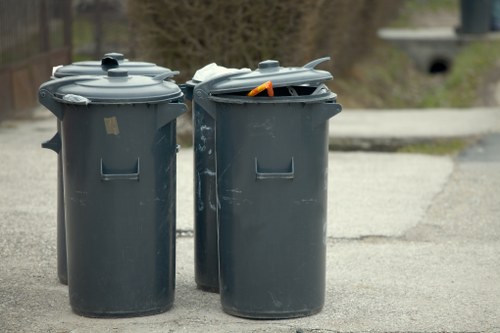
Advanced Techniques for Flat Clearance Optimization
For boat owners seeking to optimize flat clearance beyond basic maintenance, consider these advanced techniques:
- Hydrodynamic Enhancements: Implementing hydrofoils or other hydrodynamic devices can improve water flow around the bow, enhancing clearance and performance.
- Weight Distribution Systems: Automated systems that adjust weight distribution in real-time can maintain optimal clearance under varying conditions.
- Custom Bow Designs: Tailoring the bow shape to specific usage scenarios can maximize flat clearance and performance.
- Technology Integration: Utilizing sensors and monitoring systems can provide real-time data on clearance, allowing for immediate adjustments.

Case Studies: Flat Clearance in Action
Examining real-world applications of flat clearance principles can provide valuable insights:
Case Study 1: Racing Yachts
Racing yachts require precise flat clearance to achieve maximum speed and maneuverability. By optimizing the bow design and weight distribution, these vessels can slice through waves efficiently, reducing drag and enhancing performance.
Case Study 2: Commercial Vessels
Commercial boats, such as fishing vessels and cargo ships, rely on adequate flat clearance to operate safely in diverse marine environments. Proper clearance ensures these boats can navigate shallow waters and harsh conditions without compromising structural integrity.

Tools and Technologies for Measuring Flat Clearance
Advancements in technology have made measuring flat clearance more accurate and convenient. Here are some essential tools and technologies:
- Digital Inclinometers: Provide precise angle measurements to assess bow tilt and clearance.
- Laser Measuring Devices: Offer accurate distance measurements from the bow to various reference points.
- Waterline Markers: Help in consistently identifying the waterline for regular clearance assessments.
- Boat Maintenance Software: Tracks and records measurements over time, allowing for trend analysis and proactive maintenance.
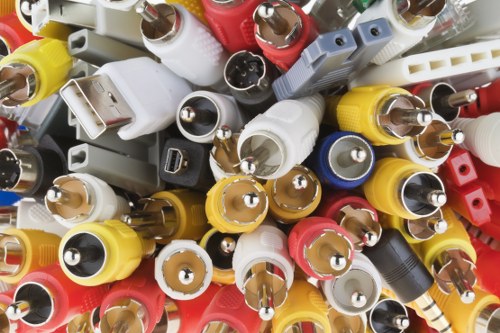
Impact of Flat Clearance on Fuel Efficiency
The flat clearance in a boat's bow directly influences fuel efficiency. A bow with optimal clearance minimizes resistance as the vessel moves through water, reducing the energy required to maintain speed. This efficiency translates to lower fuel consumption, cost savings, and a reduced environmental footprint.
Conversely, inadequate clearance can increase drag, forcing the engine to work harder and consume more fuel. Over time, this inefficiency can lead to significant operational costs and increased emissions.
Maintaining Flat Clearance in Various Conditions
Different marine environments and conditions can affect flat clearance in unique ways. Here’s how to maintain clearance across various scenarios:
Calm Waters
In calm waters, maintaining flat clearance is straightforward. Regular inspections and adherence to load limits ensure the bow remains stable and free from obstructions.
Rough Seas
Rough seas can cause the bow to dip and rise dynamically. During such conditions, pay extra attention to weight distribution and structural integrity to prevent clearance issues.
Shallow Waters
Navigating shallow waters demands precise clearance measurements to avoid grounding. Utilize depth charts and sonar equipment to ensure safe passage.
High-Speed Maneuvers
Engaging in high-speed maneuvers requires meticulous clearance management to handle increased forces and potential impacts with waves or debris.
Flat Clearance Standards and Regulations
Various maritime organizations have established standards and regulations to ensure safe flat clearance practices:
- International Maritime Organization (IMO): Sets global standards for vessel design, including bow clearance to enhance safety and operational efficiency.
- Coast Guard Regulations: National regulations that may specify minimum clearance requirements for different types of boats and operating conditions.
- Classification Societies: Organizations like Lloyd's Register provide guidelines and certifications ensuring vessels meet specific clearance standards.
Compliance Tips
- Stay updated with the latest maritime regulations relevant to your boating activities.
- Ensure all modifications and maintenance work comply with established standards.
- Regularly participate in training and certification programs to stay informed about best practices.
Flat Clearance and Boat Performance
Flat clearance plays a pivotal role in overall boat performance. A well-designed bow with appropriate clearance ensures:
- Enhanced Speed: Reduced drag allows the engine to operate more efficiently, increasing top speed.
- Improved Stability: Proper clearance contributes to balanced weight distribution, enhancing the boat's handling characteristics.
- Better Maneuverability: A clear bow allows for sharper turns and precise control, essential for both recreational and commercial boating.
- Longevity: Minimizing structural stress through proper clearance extends the boat's lifespan and reduces maintenance costs.
Flat Clearance in Different Boat Types
Flat clearance considerations vary across different types of boats, each with unique requirements:
Sailboats
Sailboats often require specific bow clearance to accommodate sails and rigging. Ensuring adequate space prevents interference with sails and allows for optimal wind capture.
Masthead Boats
For boats with masts, flat clearance must account for the vertical space needed for mast height and maneuvering under bridges or in tight waterways.
Fishing Vessels
Fishing boats may have additional equipment at the bow, such as sonar devices and nets. Proper clearance ensures these tools do not impede movement or damage the bow structure.
Motorboats
High-speed motorboats benefit from streamlined bow designs with flat clearance optimized for speed and agility, reducing wave resistance and enhancing performance.
Flat Clearance Maintenance Checklist
To effectively maintain flat clearance, use the following checklist:
- Inspect the bow for cracks, dents, or deformation.
- Measure vertical and horizontal clearance regularly.
- Check for obstructions or debris around the bow area.
- Assess weight distribution and adjust as necessary.
- Ensure all bow attachments and modifications are secure and compliant.
- Monitor waterline markers and adjust based on load changes.
- Record all measurements and maintenance activities for reference.
Ensure Your Boat's Safety Today! Contact us today to schedule a comprehensive flat clearance assessment and keep your vessel in top condition.
Conclusion
Flat clearance in the bow of your boat is a fundamental aspect that affects safety, performance, and longevity. By understanding its importance and implementing proper measurement and maintenance practices, you can ensure a smoother and more enjoyable boating experience.
Regular inspections, appropriate load management, and adherence to best practices are essential in maintaining optimal clearance. Whether you're a recreational boater or a professional mariner, prioritizing flat clearance will enhance your vessel's functionality and reliability.
Stay informed, invest in quality maintenance, and never underestimate the impact of flat clearance on your boat's overall performance.
Ready to Optimize Your Boat's Performance? Book your service now and let our experts help you maintain perfect flat clearance.
